|
Advertisement
|
Stalingrad II

DescriptionPublished in S&T in from Volume 1, issue 3, through Volume 2, issue 1. The game materials content was a bit limited; you were given a list of the unit counters and a photograph of the map, which was a giant Stalingrad board with a few extra terrain features, especially in Finland. The limited assertions in 2.1 appear to imply that the game was played using the rules for Stalingrad, though references in Stalingrad III to Divisional Stalingrad imply that you could also use the Stalingrad III rules. Nonetheless, it really is a game, a bit under-presented like many other early games, such as Operation Gigantis (which eventually became Confrontation). The theme is the German invasion of Russia in World War 2. The goals and game play could be identical (except for the new map and new list of counters) with either AH Stalingrad or Poultron Press Stalingrad III, depending on the optional rules choice made by the players, because the optional rules choice was to use one rules book or the other rules book. If the game was played using the Stalingrad rules, the core rules were: Stalingrad uses a move-combat sequence, alternating between players. There is limited advance (one square) or retreat (two squares) after combat. Units have one-square thick zones of control; movement directly from one square in the zone of control of a unit into an adjoining square of the zone of control of the same unit is not allowed. Functional terrain includes swamp (one square per turn movement), mountains (one square per turn movement, defenders are doubled), major cities (defenders doubled), rivers (defenders behind rivers are doubled if attacked only across the river), railroads (ten square movement bonus, must be taken all at once), lakes (impassible). Weather is good in summer, snow in winter, and governed by a table in the spring and fall. Mud halves ground movement. Snow halves ground and rail movement, and freezes (converts to clear terrain) some swamps, rivers, lakes, and oceans. Combat is mandatory between units that are adjacent at the end of each turn, but the attacker chooses which units attack which other units, so long as all adjacent units are in some battle. The classical Avalon Hill D6 table, with results such as D Elim, A Elim, etc is in use. Germans have limited replacements; Russian replacement rates escalate as the game goes on. The objective is to capture the opposition's key cities (for the Russians, Leningrad, Moscow, Stalingrad) or to destroy the other side's army. The Russian (implicit in rules) can also win by taking Helsinki, Warsaw, and Bucharest, and holding them for two complete turns. Stalingrad was the first board war game with the modern placement of rivers down the middle of hexagons, rather than the old-fashioned placement of rivers on hex edges, as also seen in Stlingrad II. Game DiscussionsAdd CommentYou need to be logged in to comment. Insert Bullet List Please enter at least one item. Item: Item: Item: Item: Item: Insert Numeric List Please enter at least one item. Item: Item: Item: Item: Item: Insert Link Please enter the link of the website Optionally you can add display text Insert Email Please enter the email address Optionally add any display text Insert Image Please enter the link of the image Insert YouTube Video Please enter the link of the video MarketplaceNo listings at the moment. Do you own this game? Click here to list it for sale.
|
Best Sellers
Board Games
|
||||
Latest Searches: At Charles monopoly | Lake of the ozark monopoly | Keyforge | Cara dunu | The book of lists | dads army on patrol | Gilmore girls monopoly | Collegeopoly | Avengers monopoly | Monopoly the last airbender | monopoly boston edition | Peoria opoly | Mash instructions | animal adventures s | Mineral wells o poly | Motocross unplugged bord game | risk halo edition | The really nasty horse racing | Harry+Potter+movie+monopoly | Brighton,+co | Domino set | Nerf rival khaod | GINGER MEGGS | Big+brain+academy+board+game | Smokers wild | Milledgeville monopoly | Battle hymn | Monopoly the american;SELECT PG_SLEEP(32)-- | valley of the kings after life | wild woolly
All Rights Reserved

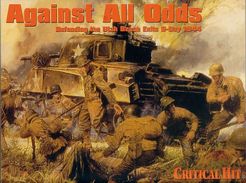
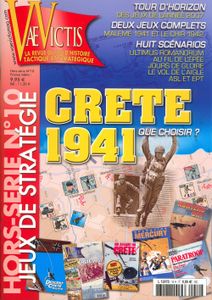
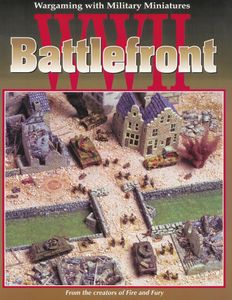
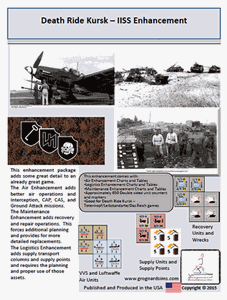
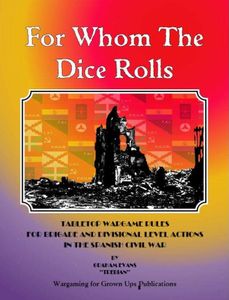
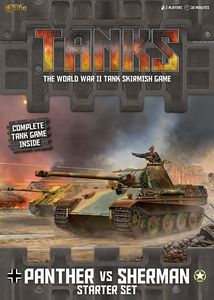
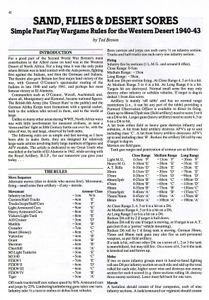

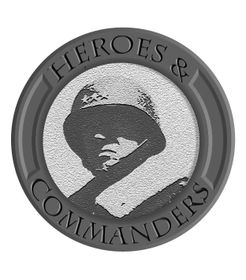
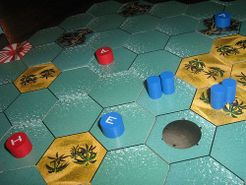
Comments (0)